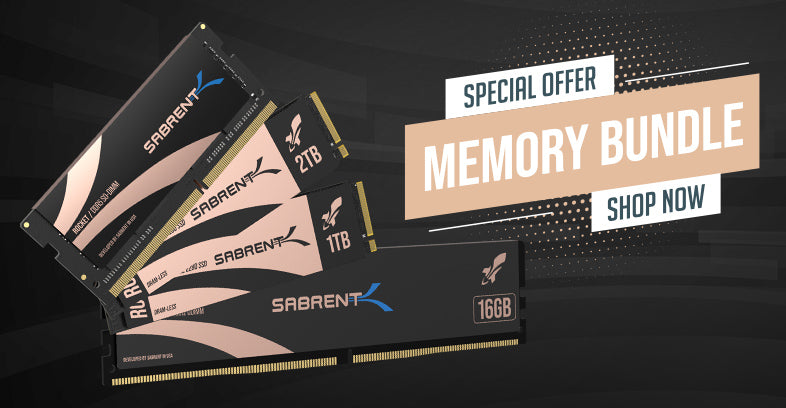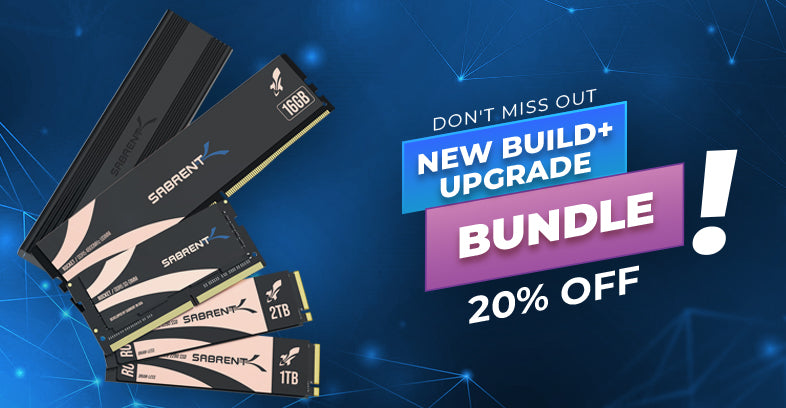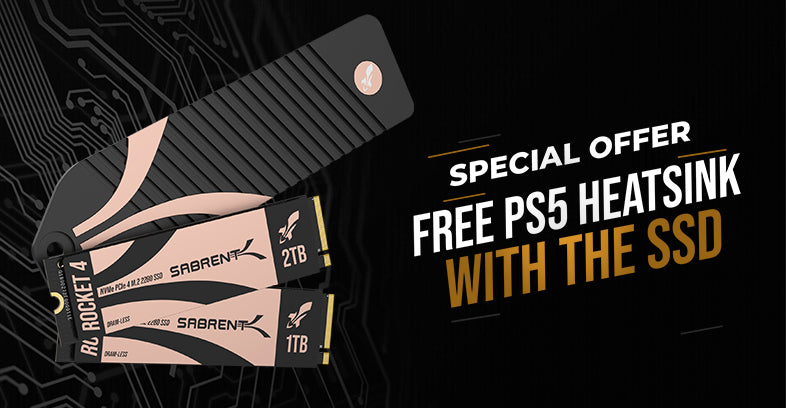The Raspberry Pi 5 (RPi 5) was announced yesterday (raspberrypi.com) to lots of fanfare. It was not expected to be available so soon by many people but is already up for pre-order and will be ready for sale in late October. There are multiple models available with RAM amount being the primary difference. 4GB and 8GB will be available at launch, but 1GB and 2GB are expected later. As Raspberry Pis are used for a variety of things, including as servers, the amount of DRAM you need will vary based on your intended application. The 40 general-purpose input/output pins (GPIO) can extend the functionality of the unit widely.
The RPi 5 utilizes a quad-core, 64-bit ARM Cortex-A76 CPU which by default runs up to 2.4 GHz. It's possible to overclock this up to about 3.0 GHz, but keep an eye on temperature. Heavy and sustained workloads can cause the chip to throttle, starting at around 82C. Current cases may include active cooling for the best performance but custom cooling may get you further. This added horsepower over older RPi models means that a 27W power supply, 5V/5A or higher, is recommended, although usually it will pull less than that. The RPi can also provide more power to devices as a result. (see footnote)

Active and passive cooling for the RPi 5. Source: Raspberry Pi.
The RPi 5, like its predecessors, will be versatile and expandable. This generation comes with the 40-pin GPIO, as mentioned above, but also MIPI camera/displayer transceivers, two 5Gbps (USB 3.2 Gen 1x1) USB ports in additional to two 480Mbps (USB 2.0) ports, an x1 PCIe 2.0 interface (with HAT/adapter), and a SDR104 (104MBps) microSD card slot. None of these are particularly impressive, but the ability to run an NVMe SSD off PCIe is a very nice feature. That might sound slow, but NVMe as a protocol is a significant improvement over SD cards or external USB storage and latency benefits are intact. RPis also are fun to run as cameras or with screens, and that functionality is now more approachable.

Raspberry 40-pin GPIO. Source: Raspberry Pi.
We are ready to address this expansion of features as we sell plenty of SSDs including conveniently-sized M.2 2230 drives: the Rocket 2230 and Rocket Q4 2230. 2242 and 2280 options can work, too. Our memory cards are also plenty fast for even heavy use in the RPi 5. In fact, our experience with the Steam Deck, ASUS ROG Ally, and other portable devices has given us insight into the advantage of small form factor hardware. We've designed and continue to update multiple types of hubs, cables, and other accessories to expand and simplify your experience with these types of devices. Expect more in the future as we explore the RPi 5 along with you.

Raspberry Pi 5 layout and dimensions. Source: Raspberry Pi.
This new single-board computer (SBC) also has great connectivity with a single Gigabit Ethernet (GbE) port which has Power over Ethernet+ (PoE+) support with the appropriate HAT and dual-band 802.11ac Wi-Fi with Bluetooth 5.0 and Bluetooth Low Energy (BLE). This adds additional flexibility with placement and usage with enough bandwidth for many projects, including as a server. It can make for a good multimedia machine, too, with a powerful 800 MHz VideoCore VII GPU that can output dual 4K@60Hz via HDMI with HDR support, including an HEVC (H.265) decoder for the newest media at the best compression rates. Popular options include Plex, Emby, and Jellyfin for servers with playback via KODI, OSMC, and more - the RPi community is, after all, what makes this board so great, so expert great things soon.

KODI. Source: Kodi (kodi.tv).
The stock operating system is Raspberry Pi OS, based on Debian 12 (Bookworm). Debian also forms the basis of Ubuntu and other popular Linux distributions (distrowatch.com), or distros, and is relatively easy to learn and use. The RPi5 has been made easier in other, subtle ways. This includes a physical power button and also an on-board real-time clock (RTC) powered by an external battery. This makes it easier than ever for people to jump into the ecosystem and the RPi is a great tool for education and tinkering. It's not a bad investment if you're looking to get into the Internet of Things (IoT) for projects, or just to give your a kid a tool to let their imagination wander.
Our hope is that you will enjoy your RPi as much as we enjoy ours. We make and will continue to make products that help you expand from the base board in interesting and productive ways. It's a good pairing and a good investment.
Thumbnail courtesy Raspberry Pi.
Footnote:
When using a standard 5V/3A power supply, the RPi 5 limits downstream USB current to 600mA. 5V/5A allows 1.6A for power-hungry USB devices.














